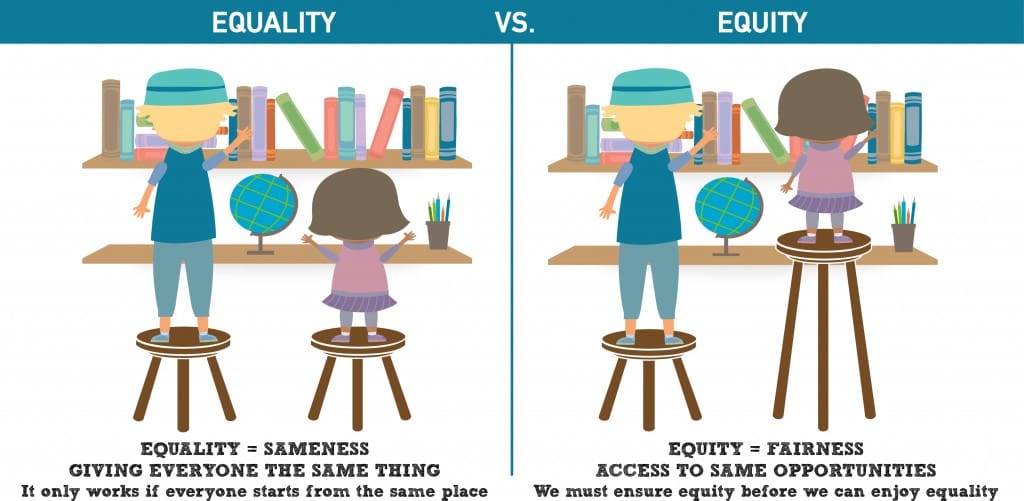Today the Texas House Public Education Committee approved an updated version (Committee Substitute) of House Bill 3, one of the big school finance bills lawmakers are considering this legislative session.
CPPP continues to support this important proposal as it moves through the legislative process. Lawmakers should still address a few of our remaining concerns, and we look forward to working with state leaders to build a plan that helps all Texas students reach their full potential.
The bill (now known as CSHB3) includes the following positive changes:
- Allows school districts to be reimbursed for transportation costs for homeless students and Career Technical Education students traveling to work sites;
- Bases special education funding on the per-student funding amount (basic allotment) plus the adjustments made for small and mid-size districts;
- Clarifies how the Texas Education Agency determine funding for low-income students and creates an advisory committee to assist the Texas Education Agency Commissioner with rule making around this funding stream;
- Adjusts the guaranteed amount of enrichment funding districts get to increase automatically with property value growth, instead of being reliant on future increases to the basic allotment. Technically speaking, the updated version of the bill changes the “golden penny” enrichment tier to the 96th percentile of school district wealth statewide – rather than at 160 percent of the basic allotment.
The bill still raises some remaining concerns to address:
The latest version of HB 3 renamed the “Early Reading Allotment” to what is now known as the “Early Education Allotment,” which provides additional funding based on the number of English Language Learners and low-income students in grades K – 3rd. The new language makes it more explicit that these funds are intended to boost Pre-K funding; an emphasis on math was added along with reading.
However, our original concern remains that lawmakers should use these funds exclusively on the students in grades K – 3rd that generate the funding. In order to fund full-day Pre-K, the state should simply allow districts to count full-time Pre-K students as full students for financing purposes.
